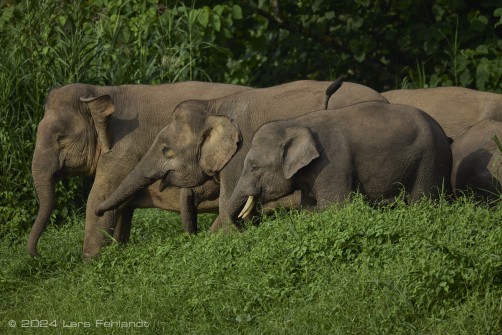
Borneo elephant or the Borneo pygmy elephant, Elephas maximus borneensis Deraniyagala, 1950 Sabah/Borneo.
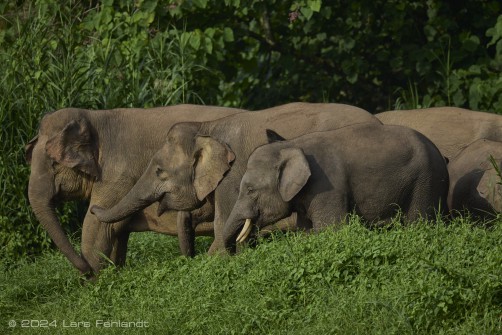
Borneo elephant or the Borneo pygmy elephant, Elephas maximus borneensis Deraniyagala, 1950 Sabah/Borneo.
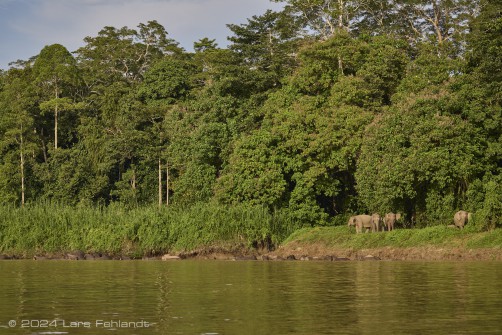
Borneo elephant or the Borneo pygmy elephant, Elephas maximus borneensis Deraniyagala, 1950 Sabah/Borneo.
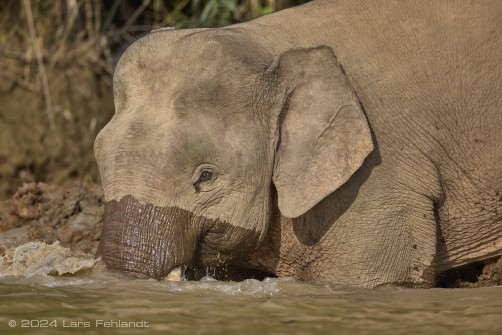
Borneo elephant or the Borneo pygmy elephant, Elephas maximus borneensis Deraniyagala, 1950 Sabah/Borneo.
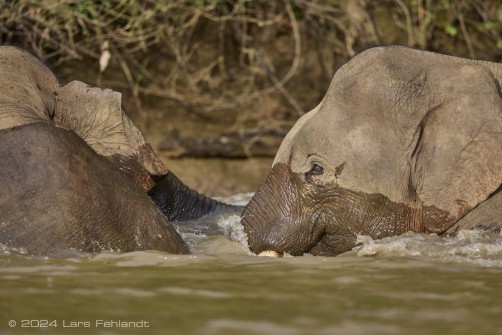
Borneo elephant or the Borneo pygmy elephant, Elephas maximus borneensis Deraniyagala, 1950 Sabah/Borneo.
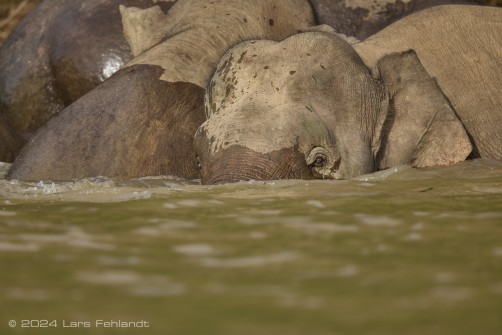
Borneo elephant or the Borneo pygmy elephant, Elephas maximus borneensis Deraniyagala, 1950 Sabah/Borneo.

Borneo elephant or the Borneo pygmy elephant, Elephas maximus borneensis Deraniyagala, 1950 Sabah/Borneo.

Borneo elephant or the Borneo pygmy elephant, Elephas maximus borneensis Deraniyagala, 1950 Sabah/Borneo.
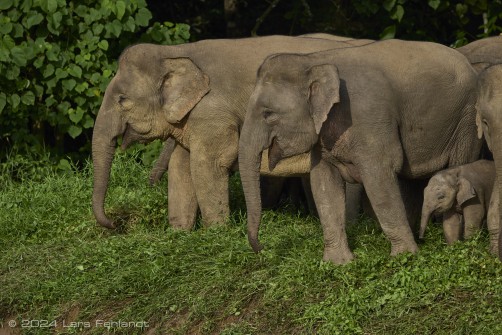
Borneo elephant or the Borneo pygmy elephant, Elephas maximus borneensis Deraniyagala, 1950 Sabah/Borneo.
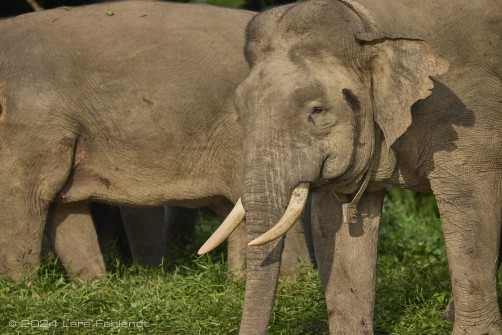
Borneo elephant or the Borneo pygmy elephant, Elephas maximus borneensis Deraniyagala, 1950 Sabah/Borneo.
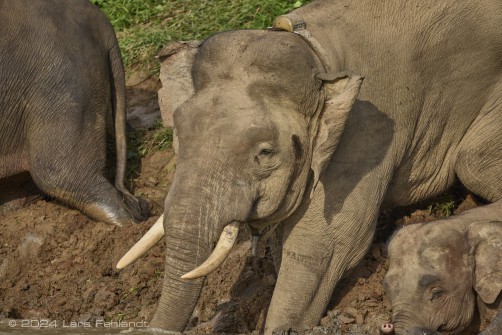
Borneo elephant or the Borneo pygmy elephant, Elephas maximus borneensis Deraniyagala, 1950 Sabah/Borneo.

Borneo elephant or the Borneo pygmy elephant, Elephas maximus borneensis Deraniyagala, 1950 Sabah/Borneo.
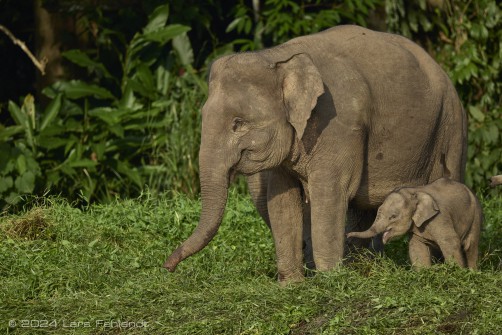
Borneo elephant or the Borneo pygmy elephant, Elephas maximus borneensis Deraniyagala, 1950 Sabah/Borneo.

Borneo elephant or the Borneo pygmy elephant, Elephas maximus borneensis Deraniyagala, 1950 Sabah/Borneo.
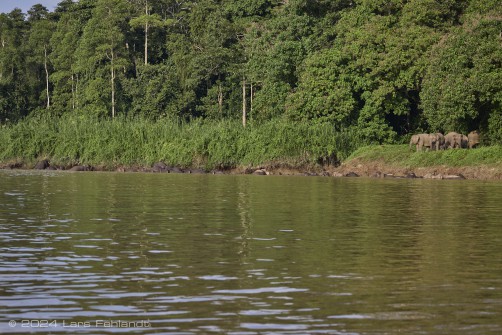
Borneo elephant or the Borneo pygmy elephant, Elephas maximus borneensis Deraniyagala, 1950 Sabah/Borneo.
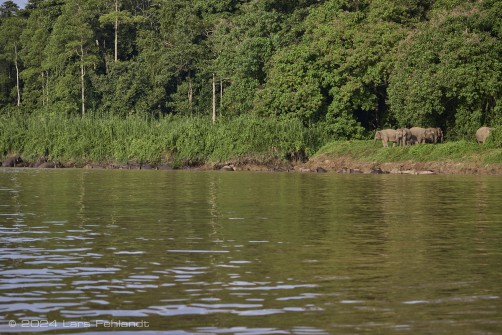
Borneo elephant or the Borneo pygmy elephant, Elephas maximus borneensis Deraniyagala, 1950 Sabah/Borneo.
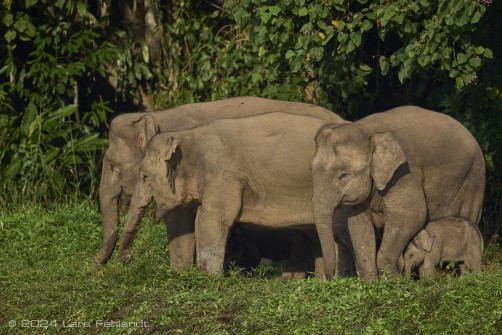
Borneo elephant or the Borneo pygmy elephant, Elephas maximus borneensis Deraniyagala, 1950 Sabah/Borneo.
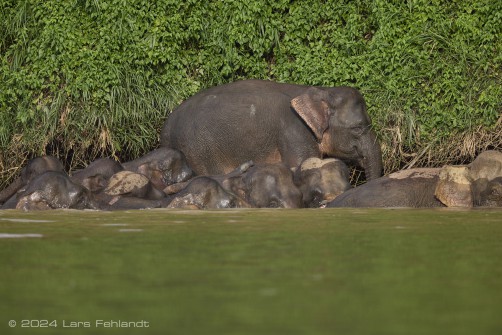
Borneo elephant or the Borneo pygmy elephant, Elephas maximus borneensis Deraniyagala, 1950 Sabah/Borneo.
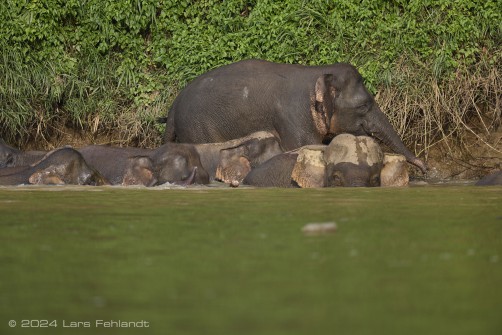
Borneo elephant or the Borneo pygmy elephant, Elephas maximus borneensis Deraniyagala, 1950 Sabah/Borneo.
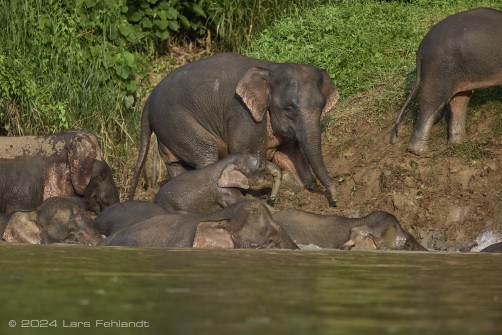
Borneo elephant or the Borneo pygmy elephant, Elephas maximus borneensis Deraniyagala, 1950 Sabah/Borneo.
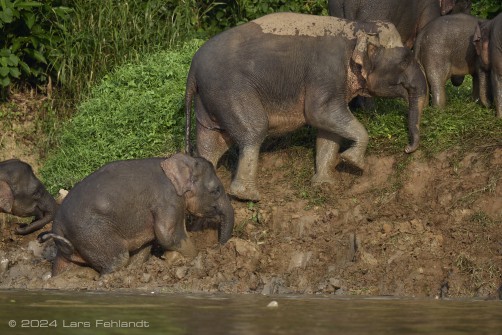
Borneo elephant or the Borneo pygmy elephant, Elephas maximus borneensis Deraniyagala, 1950 Sabah/Borneo.
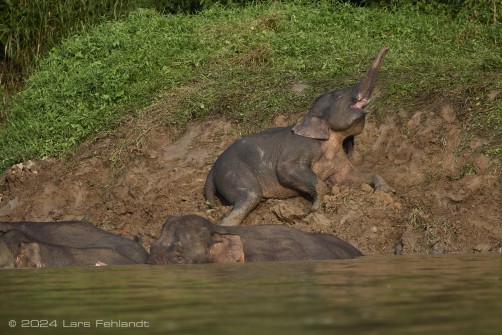
Borneo elephant or the Borneo pygmy elephant, Elephas maximus borneensis Deraniyagala, 1950 Sabah/Borneo.
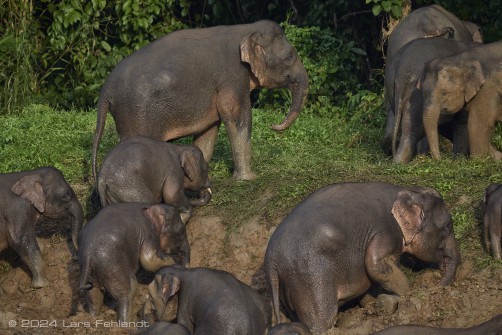
Borneo elephant or the Borneo pygmy elephant, Elephas maximus borneensis Deraniyagala, 1950 Sabah/Borneo.
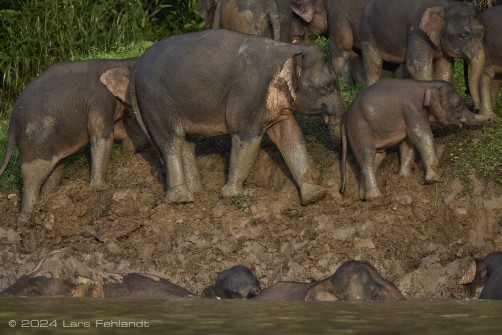
Borneo elephant or the Borneo pygmy elephant, Elephas maximus borneensis Deraniyagala, 1950 Sabah/Borneo.

Borneo elephant or the Borneo pygmy elephant, Elephas maximus borneensis Deraniyagala, 1950 Sabah/Borneo.
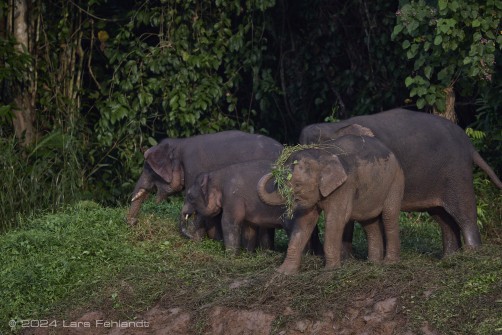
Borneo elephant or the Borneo pygmy elephant, Elephas maximus borneensis Deraniyagala, 1950 Sabah/Borneo.
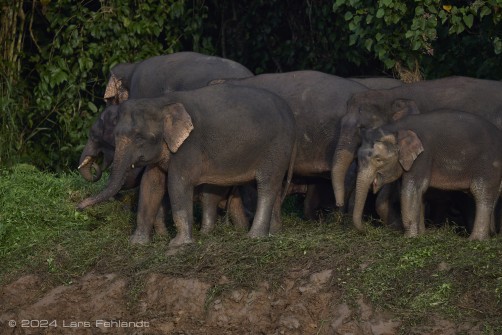
Borneo elephant or the Borneo pygmy elephant, Elephas maximus borneensis Deraniyagala, 1950 Sabah/Borneo.
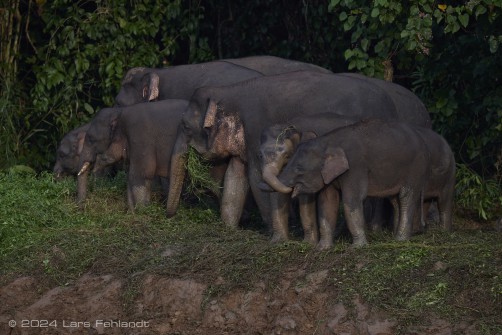
Borneo elephant or the Borneo pygmy elephant, Elephas maximus borneensis Deraniyagala, 1950 Sabah/Borneo.
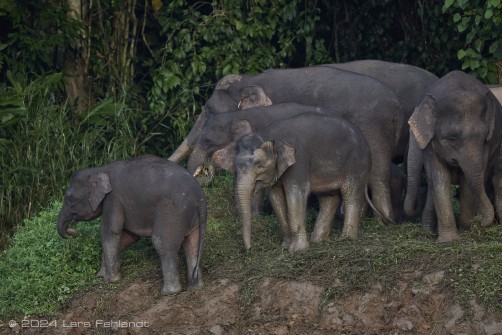
Borneo elephant or the Borneo pygmy elephant, Elephas maximus borneensis Deraniyagala, 1950 Sabah/Borneo.
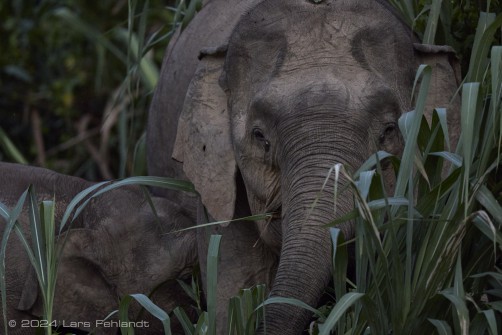
Borneo elephant or the Borneo pygmy elephant, Elephas maximus borneensis Deraniyagala, 1950 Sabah/Borneo.





